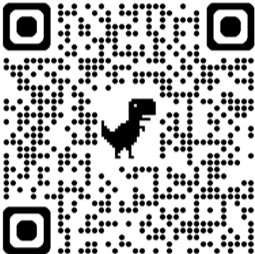Civil Liberties Practice Game 2
Chapter 4 Practice Game 2 - Civil Liberties
Create multiple-choice games on Wisc-Online and play them on our Chakalaka mobile app!
But that's not all! Explore educational games created by others. Simply search by category or enter agame code number and dive into a world of learning and fun.
Download the Chakalaka mobile app here:

Topics of this game:
- Americans’ civil liberties are mostly ensured by ______.
- Which of the following is a true statement about what happened after independence was declared?
- Which of the following was Alexander Hamilton’s argument against the inclusion of a bill of rights?
- Which of the following is not included in the Bill of Rights?
- During the Constitutional Convention in 1787, one of the delegates’ main concerns was ______.
- Which of the following was an anti-Federalist position during the ratification campaign?
- Which of the following was a view expressed by founding fathers towards including a Bill of Rights?
- The Bill of Rights was ratified in
- Which group was concerned about the lack of a bill of rights?
- Alexander Hamilton believed which of the following about a proposed Bill of Rights?
- Several amendments guarantee individual rights of those involved with the judicial system. Which are those?
- Which amendment extends the Bill of Rights to state laws and actions?
- A public elementary school wants to place a mural listing the ten commandments in its foyer. This would become an issue under which of the following?
- The 1963 case of Gideon v. Wainwright argued that a criminal defendant is entitled to the counsel of an attorney under which of the following sections of the Bill of Rights?
- Many states are considering "red flag laws" which would temporarily prohibit individuals experiencing mental health issues from possessing or purchasing a firearm. An argument could be made against such laws under which part of the Bill of Rights?
- What test was developed by the Supreme Court to determine whether a law or action by the federal government or a state violates the establishment clause?
- In Cantwell v. Connecticut (1940), how did the Court distinguish between freedom to believe and freedom to act?
- In the case of Scheck v. United States, Justice Oliver Windell Holmes established which of the following tests as a tool to evaluate whether or not political expression constitutes a threat to national security.
- In the case of Brandenberg v. Ohio (1969), the court ruled that political speech may be restricted if
- In the case of Tinker v. Des Moines, the Supreme Court famously said
User comments are currently unavailable. We apologize for the inconvenience and are working to restore this feature as soon as possible.

